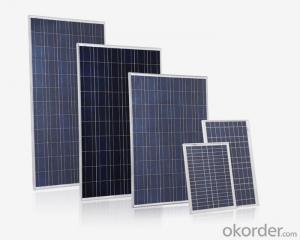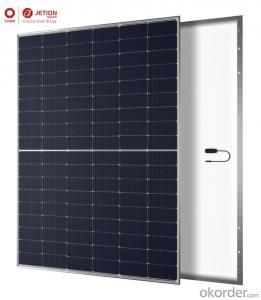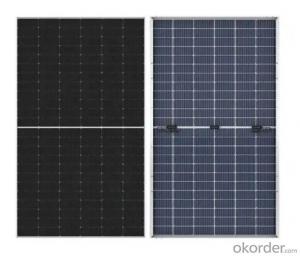Bluesun Solar Inverter
Bluesun Solar Inverter Related Searches
Best Inverter Solar Panel Solar Panel On Roof Rack Inverter To Solar Panel Ratio Solar Panel Decking Lights Solar Panel Inverter Box 1000 Watt Solar Panel Inverter 12 Volt Solar Panel Inverter Plastic Solar Lanterns Buy Solar Panel Inverter Solar Panel Inverter CostHot Searches
Type Of Inverter For Solar Types Of Inverter For Solar Used Solar Inverter For Sale Inverter Size For Solar System Solar Edge Inverter For Sale 5kw Solar Inverter For Sale Solar Inverter For Sale Solar Inverter For Battery Solar Inverter For Split Ac Solar Inverter For Laptop Solar Inverter For Fridge Solar With Inverter Price Solar Inverter With 2 Battery Solar Inverter Price In China Best Solar Inverter In China Solar Inverter Price In Dubai Solar Inverter Price In Uae Solar Inverter Price In Kenya Solar Inverter Price In Kerala Solar Hot Water Collectors For SaleBluesun Solar Inverter Supplier & Manufacturer from China
Okorder.com is a professional Bluesun Solar Inverter supplier & manufacturer, offers integrated one-stop services including real-time quoting and online cargo tracking. We are funded by CNBM Group, a Fortune 500 enterprise and the largest Bluesun Solar Inverter firm in China.Hot Products
FAQ
- The average payback period for solar panels typically ranges from 5 to 10 years, depending on various factors such as the initial cost of installation, local electricity rates, available incentives, and the amount of sunlight received in the area.
- nan
- Solar panels collect energy from the sun and then provide it to a system that typically concentrates it. Solar energy comes to us in the form of heat and light. Photovoltaic panels take the light energy from the sun and convert it to electricity. Although the maximum efficiency is around 42% in the lab most commercial models you will see are from 8 to 22% efficient. Adding collectors together concentrates this energy into usable amounts. Solar thermal panels are from 60 to 80% efficient. They come in many different types and collect the heat energy from the sun. That heat may then be stored in some form of thermal mass where it becomes concentrated sufficiently to be used. Solar thermal panels can be used to heat a medium. This can be a phase change material, air, or water. Solar thermal air panels are cheap to make and offer a quick pay back period. Solar thermal panels for some heating and hot water systems circulate water. Vacuum tube collectors are solar thermal panels that may heat water directly or a phase change materials. They can operate better in cloudy and colder weather with more efficiency. Air and water panels are often called flat panels as a way to contrast them with vacuum tube collectors. Solar thermal panels often lead to some form of energy storage called thermal mass (water tanks, phase change materials, masonry walls and rocks.) Photovoltaic panels make electricity that is stored in batteries, used or sent to the general grid. Panels are only one way to collect solar thermal energy. Other types of collectors are used commercially and are often called simply solar concentrators. Some are called parabolic trough collectors and parabolic dish collectors.
- Yes, solar panels can be used to power streetlights or outdoor lighting. Solar panels convert sunlight into electricity, which can be stored in batteries and used to power streetlights or outdoor lighting fixtures during nighttime. This helps to reduce reliance on traditional grid-based electricity and promotes more sustainable and environmentally friendly lighting solutions.
- Yes, solar panels can still be used in areas with high levels of dust storms. However, it is important to ensure regular maintenance and cleaning of the panels to prevent dust accumulation, which can reduce their efficiency.
- Yes, solar panels can be installed on convention centers or event venues. In fact, many convention centers and event venues have already embraced solar energy as a sustainable and cost-effective solution. Installing solar panels on these large rooftops can help generate clean and renewable energy, reduce electricity bills, and contribute to a greener environment.
- Yes, solar panels can be integrated into buildings through various methods such as rooftop installations, facade-integrated systems, and solar windows. These integrated solar panels not only generate clean energy but also blend seamlessly with the building's architecture, making them a popular choice for sustainable and aesthetically pleasing designs.
- Yes, solar panels can be used for heating a greenhouse. Solar panels can generate electricity, which can then be used to power heaters or heat pumps inside the greenhouse to provide warmth. Additionally, solar panels can also be used to heat water, which can be circulated through pipes or radiators to provide radiant heat in the greenhouse.
- nan
- You can get over 5 times the efficiency at lower cost by directly absorbing the heat in a solar water-heating collector. Use the electrical panels for making electricity for stuff that needs it.












































